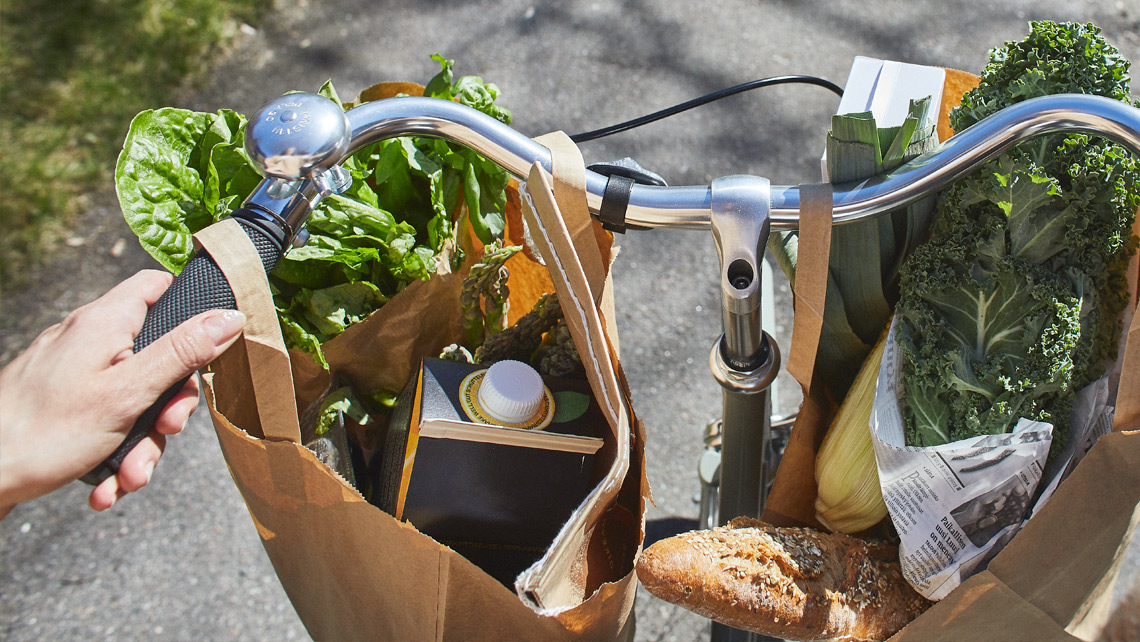“Finding alternatives to plastic is one of the great challenges of our time,” says Reetta Strengell, Director at Kemira R&D. “Consumers’ awareness of this issue is increasing all the time. With developments like the recent EU positioning to single-use plastics and China banning waste imports it’s clear that governments around the world are taking notice.”
When it comes to food packaging, renewable fiber-based packaging is a great alternative to plastic – but only because of chemistry. “Chemistry underpins virtually every characteristic of fiber board used in food packaging,” Reetta explains. “But because it’s invisible, people often don’t give it a second thought. It’s there right from the start of the board manufacturing process, bleaching the fibers and enabling their efficient use, as well as treating the water that’s used in the process,” she continues.
Without this invisible chemical magic, food-grade packaging board would quite simply not be up to the job. “Chemistry gives the board the required properties such as stiffness, strength, formability, hydrophobicity, and printability, and ensures it’s hygienic by preventing microbial growth,” Reetta points out. “Put simply, it helps keep the food in and everything else out.”
New tools for the fight against waste
According to U.N. Food and Agriculture Organization, around a third of all the food produced in the world for human consumption every year ends up being thrown away. Incredibly, if food waste were a country it would be the third largest emitter of greenhouse gases. High-quality packaging helps to reduce waste by keeping foods fresh for longer.
Fiber-based packaging offers recyclable alternatives to plastic. Boards used for food-contact applications contain different technologies or chemistries to provide resistance to grease and oil and to keep oxygen and water out. Some of these technologies are more difficult, costly, and energy intensive to manufacture and recycle than others. Kemira is developing easy-to-use, recyclable alternatives.
Solution-seeking partnerships
Chemistry is not just about chemicals. Without Kemira’s experts and their drive to improve our customers’ energy, raw material and process efficiency, finding the right answers would be impossible. Solution-seeking partnerships can enable new openings, too. One such example is currently ongoing with Kemira’s “Food for Thought” innovation challenge winners, a company called Koepala. Together we are addressing challenges related to the packaging of take-out food. “We’re well aware that fresh perspectives can lead us in directions we may never have thought of ourselves,” Reetta summarizes.
The world does not need more food packaging. It needs better, recyclable ones. And chemistry plays a key role in this. It’s time to pay attention to the unseen.



